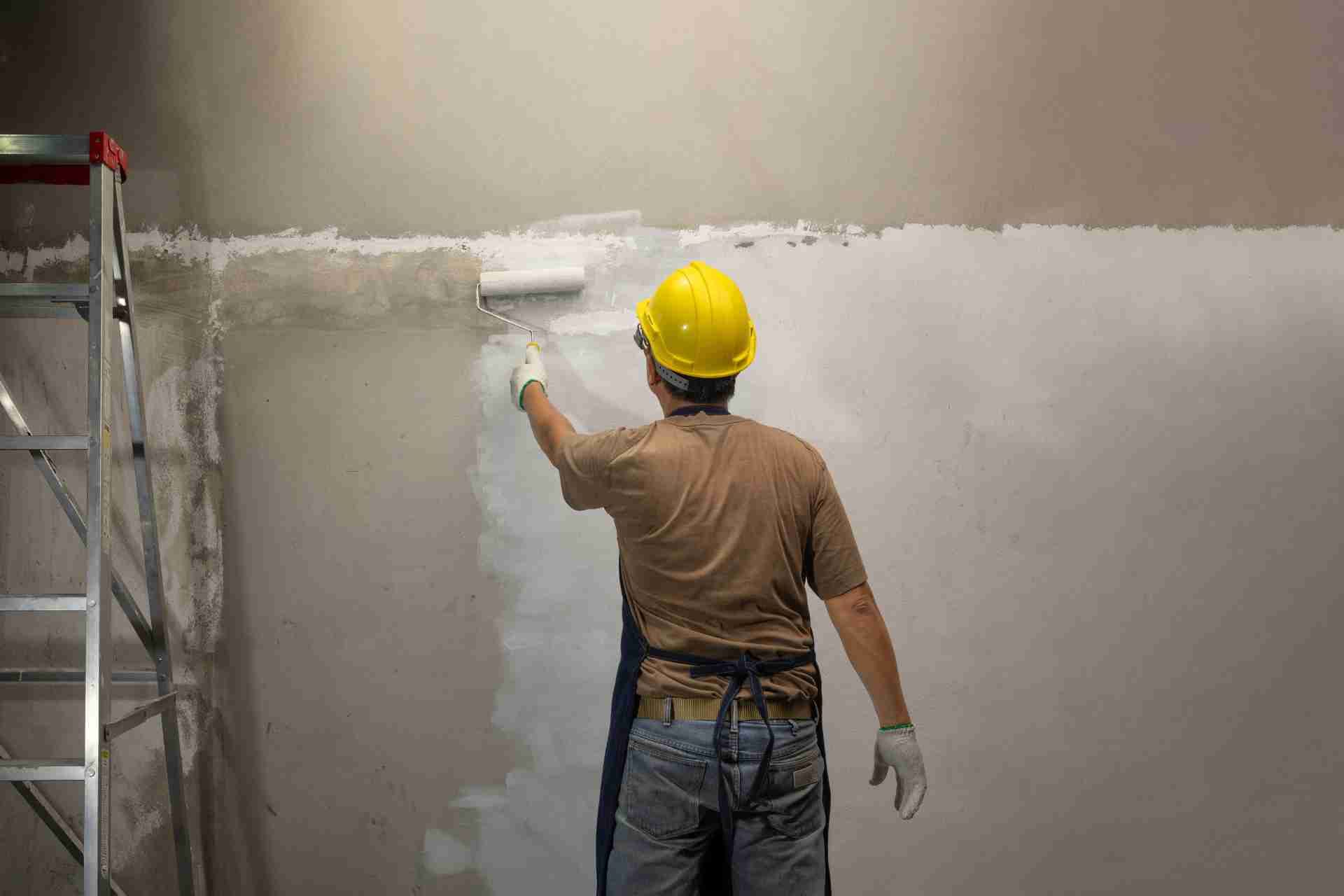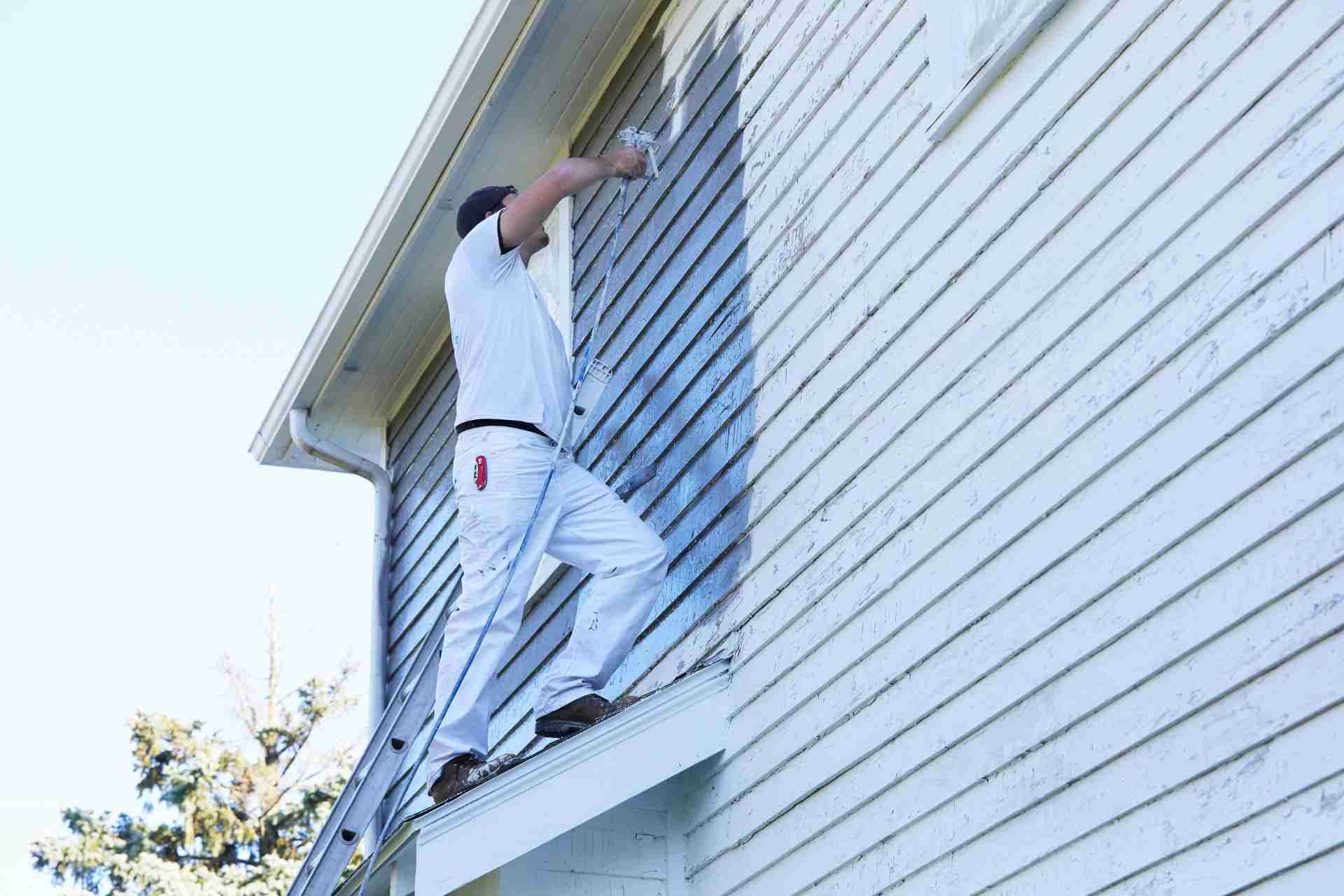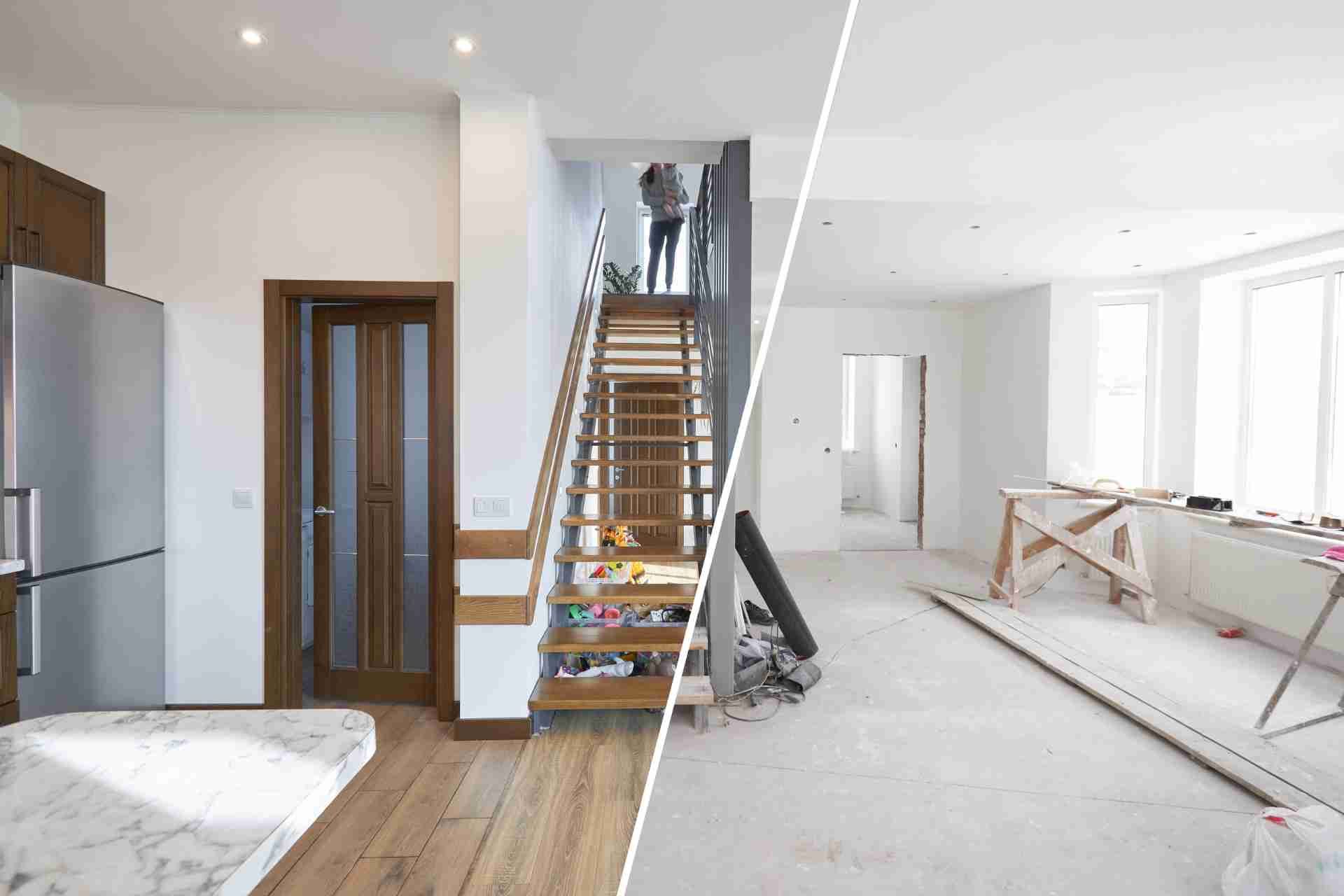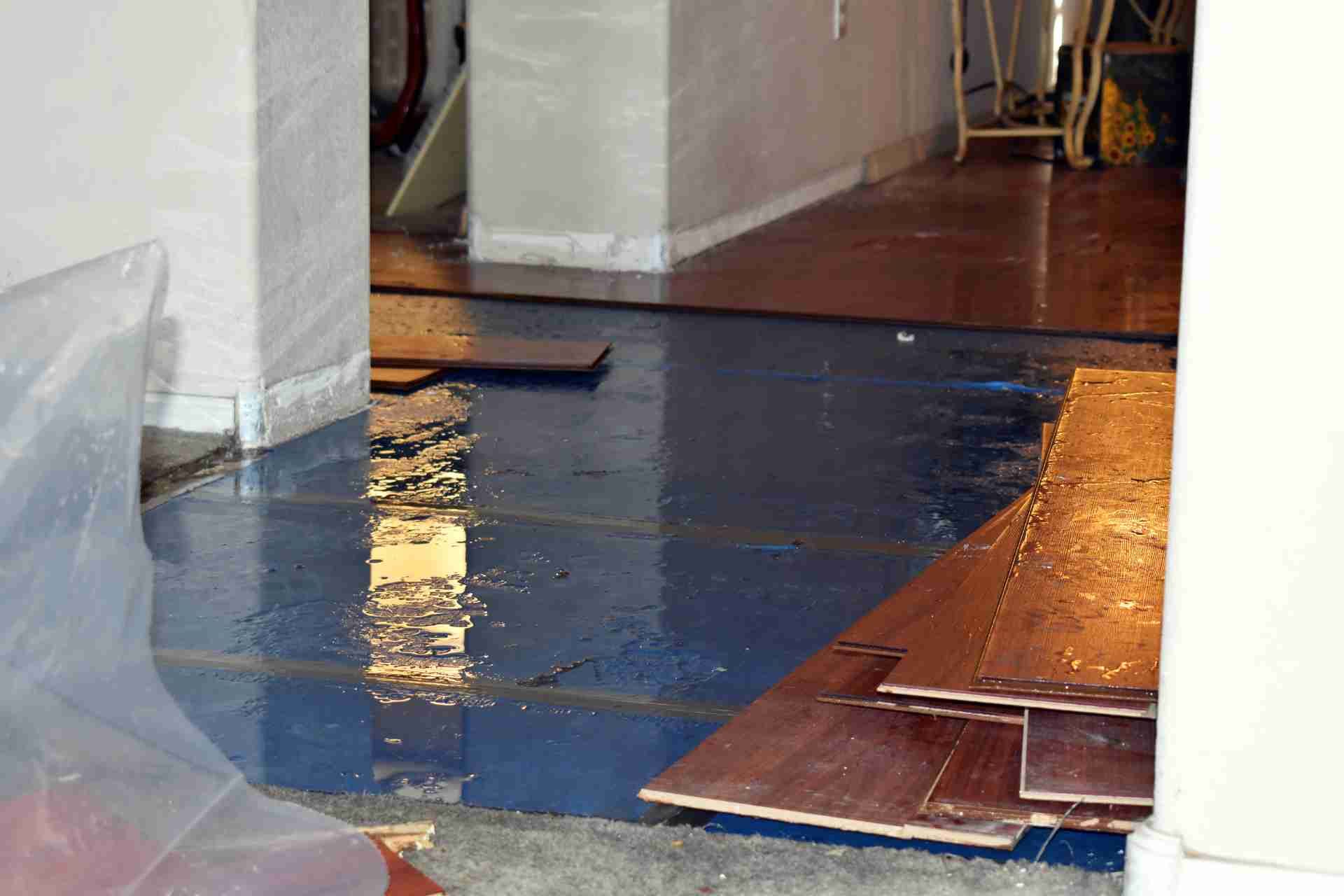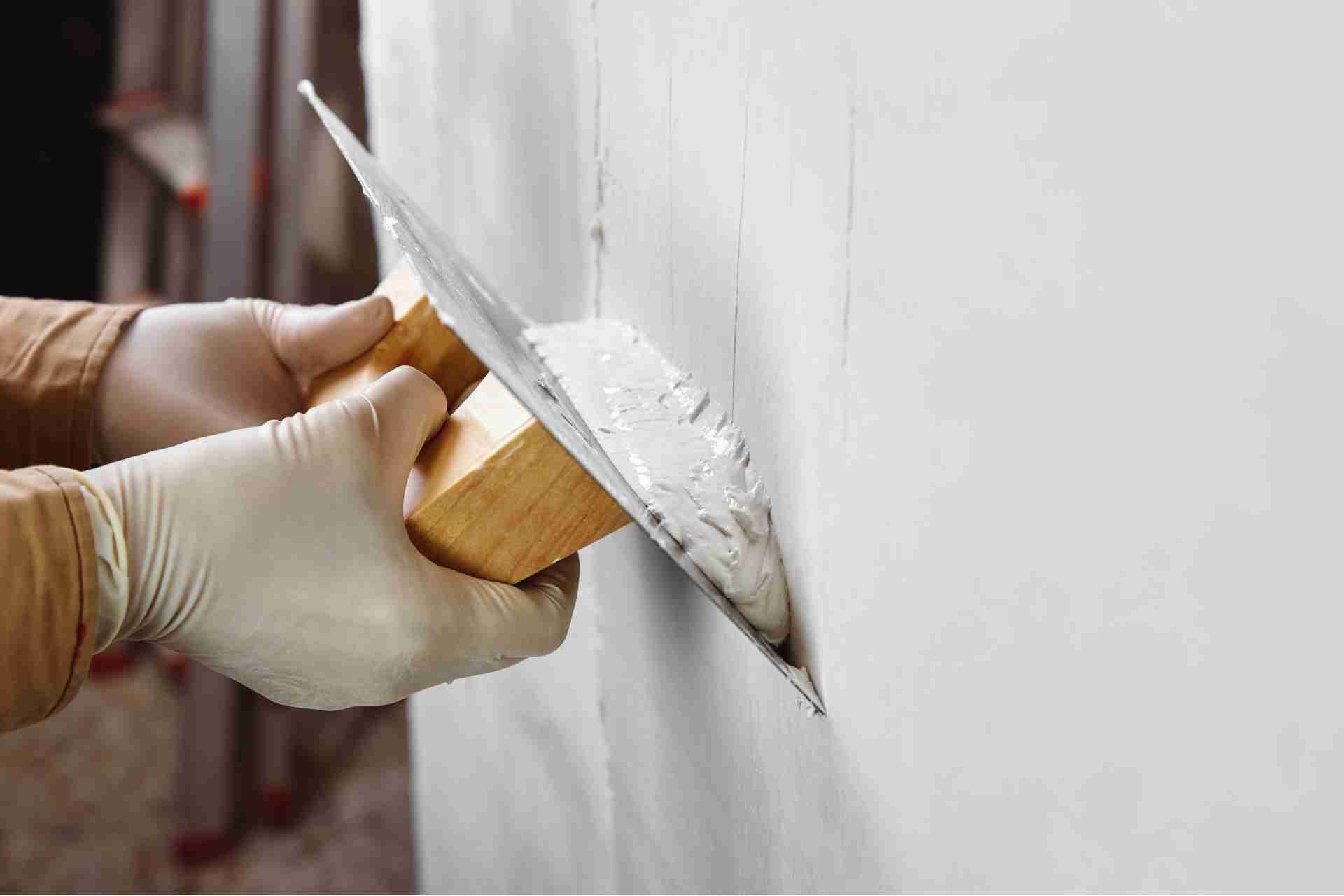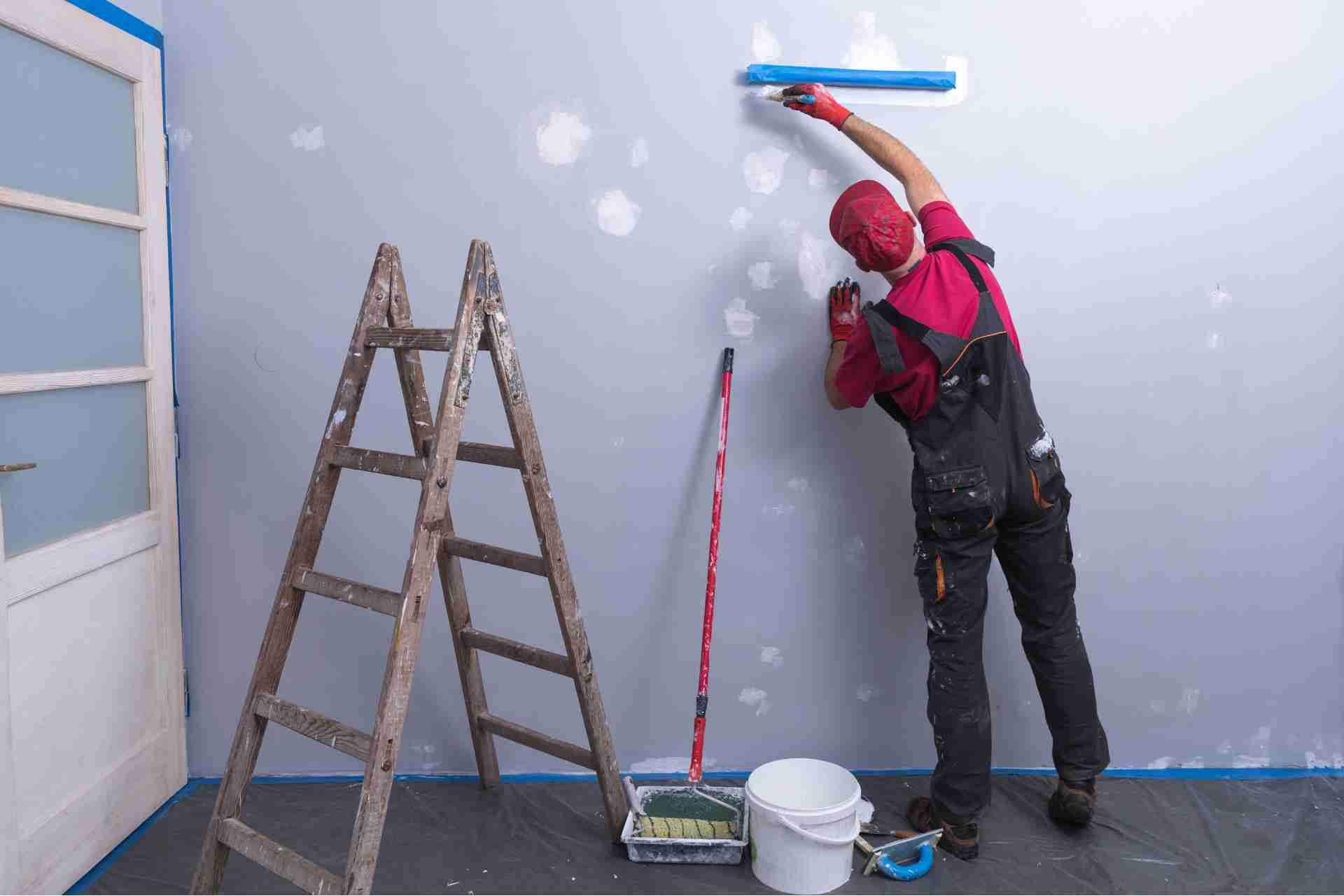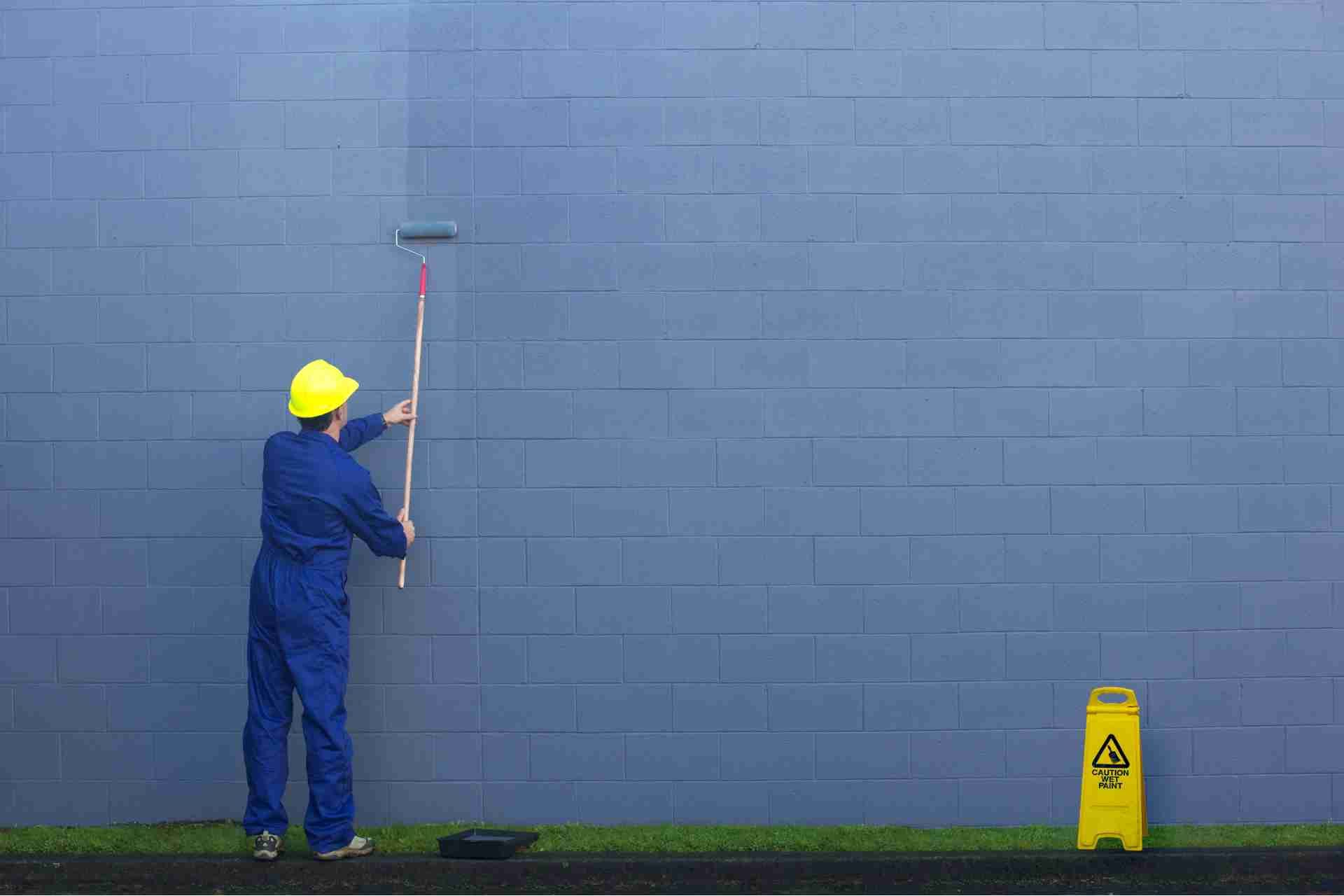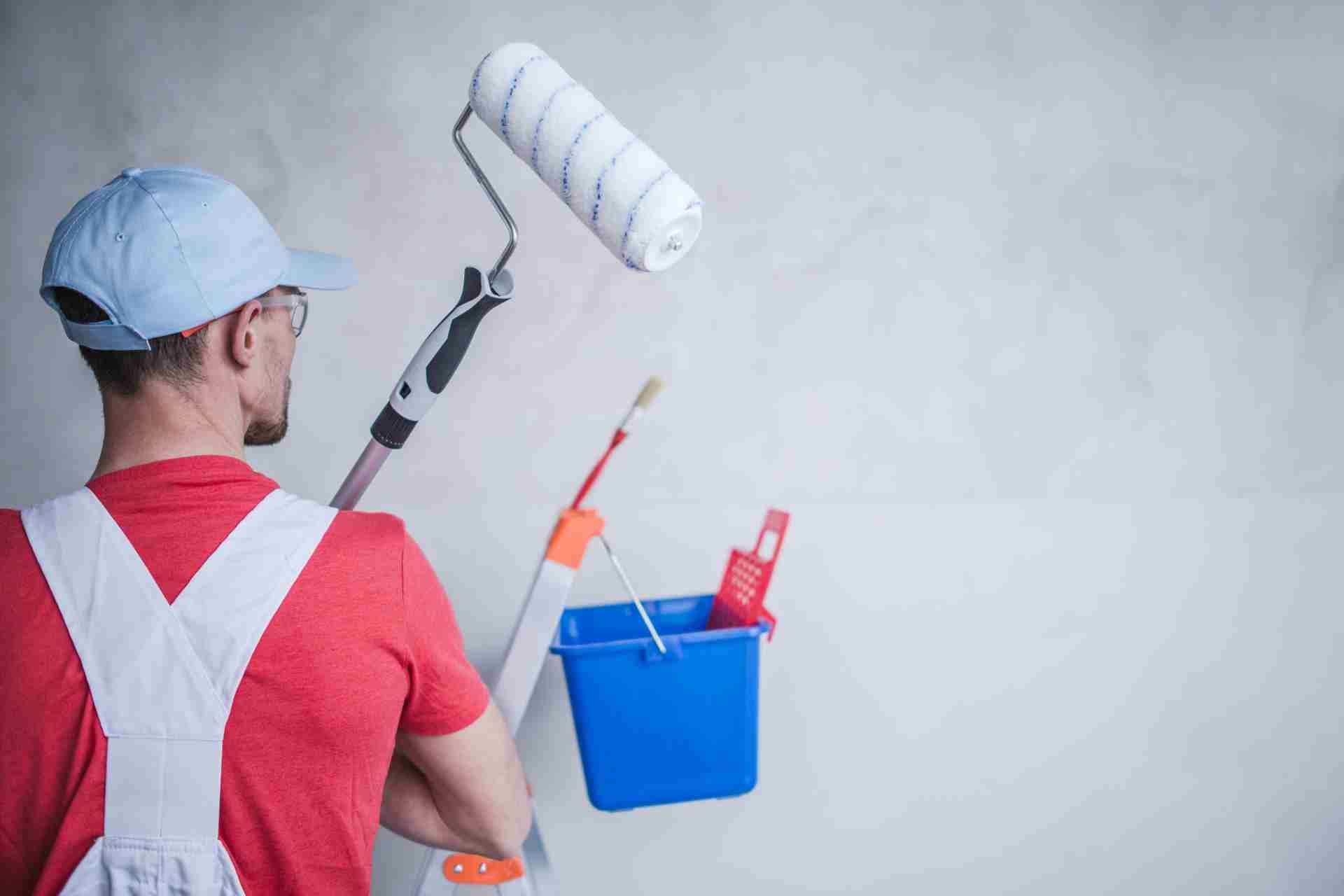Tips for Sanding and Painting Drywall
Drywall is a key component of any home renovation project. Whether you're building a new home or remodeling an existing one, you're likely to encounter drywall at some point during the process. And if you want your drywall to look its best, you'll need to know how to properly sand and paint it.
When it comes to finishing a drywall project, sanding and painting are two essential steps that can make a big difference in the final results. While these tasks may seem daunting at first, with the right techniques and a little bit of patience, you can achieve a smooth and professional-looking finish.
To help you get the job done right, here are some tips for sanding and painting drywall.
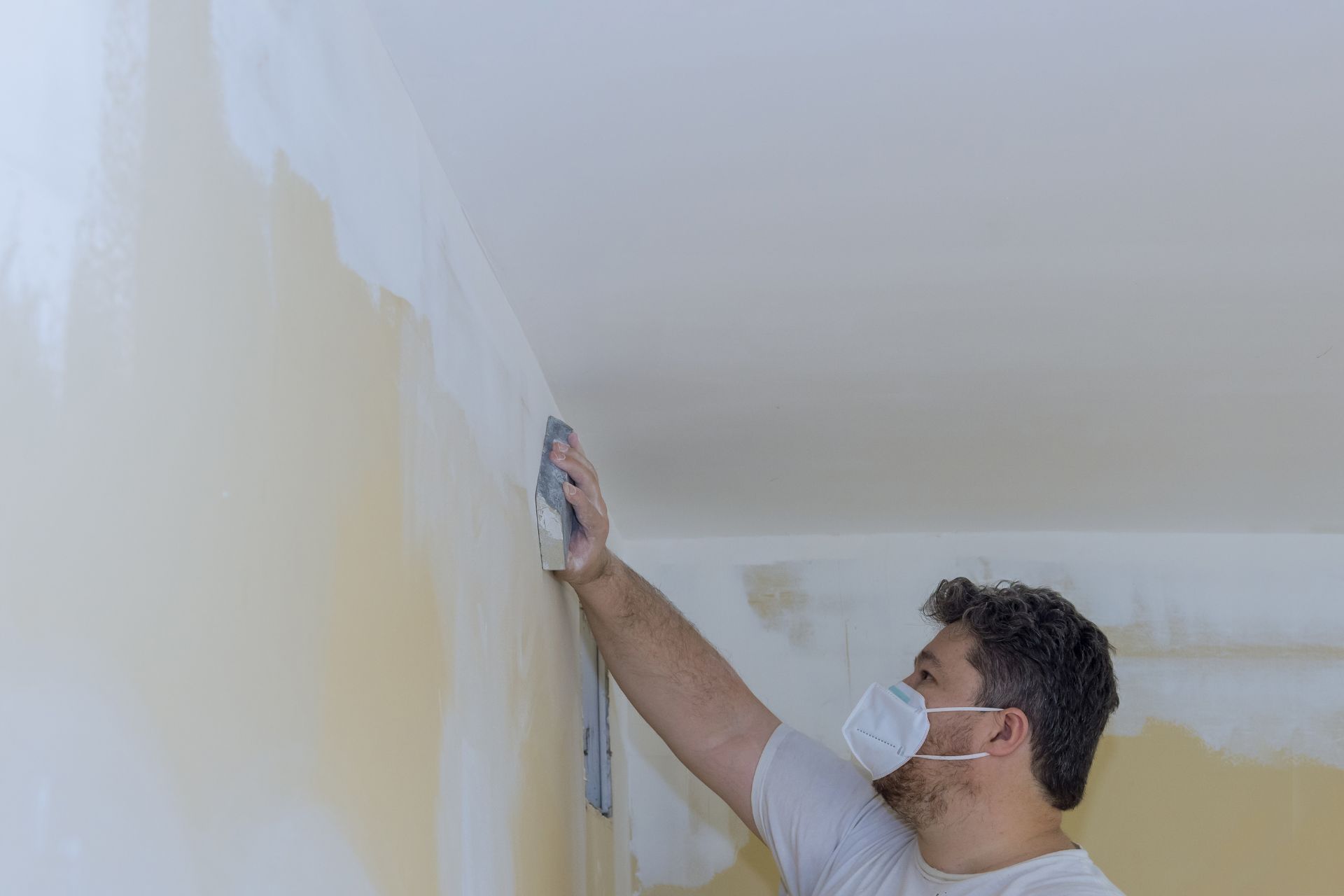
Prepare the Surface
Before you begin sanding and painting, it's important to prepare the drywall surface properly. Start by filling in any cracks, holes, or imperfections with spackling compound. Once the compound is dry, sand the area with a fine-grit sandpaper to create a smooth surface for painting.
Sand with the right tools
Before you start sanding your drywall, make sure you have the right tools on hand. A sanding block or orbital sander can help you smooth out any rough spots on the wall. Be sure to use fine-grit sandpaper to avoid creating scratches or gouges in the drywall.
Sand in Stages
Instead of trying to sand the entire wall in one go, work in smaller sections. Start with a coarse-grit sandpaper to remove any rough patches or high spots, then switch to a finer grit sandpaper to smooth out the surface. Be sure to dust off the wall between each stage to ensure a clean finish.
Use a pole sander for large areas
If you have a large area of drywall to sand, consider using a pole sander. This tool allows you to reach high ceilings or walls without having to stretch or strain your arms. Just be sure to move the pole sander in a circular motion to avoid creating visible lines or grooves in the wall.
Prime the Surface
Before painting your drywall, it's a good idea to apply a coat of primer. Primer helps seal the drywall and creates a smooth, even surface for the paint to adhere to. Be sure to use a primer that is specifically designed for drywall, as this will help ensure the best results.
Allow the primer to dry completely before moving on to the next step. This may take several hours, so be patient and allow plenty of time for the primer to dry.
Clean up dust before painting
After you have finished sanding the drywall, be sure to clean up any dust before you start painting. Use a damp cloth or vacuum with a brush attachment to remove any loose particles from the wall. This will help ensure a smooth and even finish when you apply the paint.
Choose the Right Paint
When it comes to painting drywall, choosing the right paint is key. Opt for a high-quality latex paint that is specifically formulated for walls. This type of paint is durable, easy to clean, and provides a smooth finish. Be sure to choose a color that complements your space and fits your aesthetic.
Apply Thin Coats
When painting drywall, it's better to apply several thin coats of paint rather than one thick coat. This will help prevent drips and streaks and ensure a more even finish. Allow each coat to dry completely before applying the next one.
Finishing touches
Once you've painted your drywall, you may want to add some finishing touches to give it a professional look. This could include adding trim, crown molding, or other decorative elements. Be sure to take your time and carefully measure and cut any additional materials to ensure a perfect fit.
Take Your Time
Finally, remember to take your time when sanding and painting drywall. Rushing through the process can lead to mistakes and a less-than-perfect finish. Be patient, follow these tips, and you'll be rewarded with a beautifully painted wall that looks like it was done by a professional.

